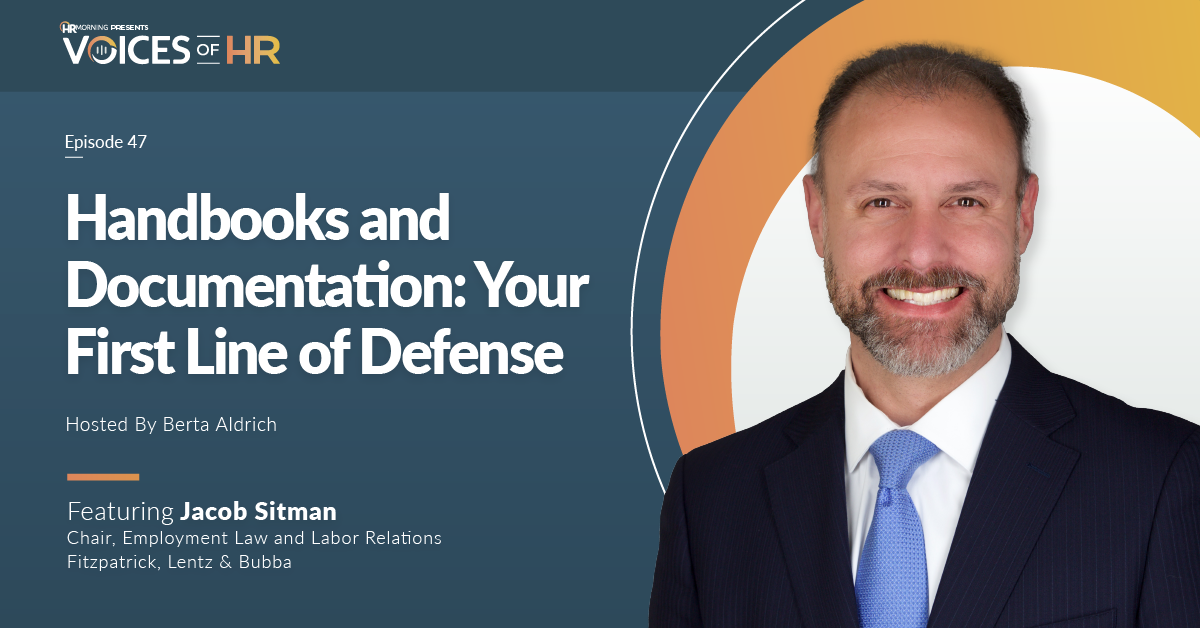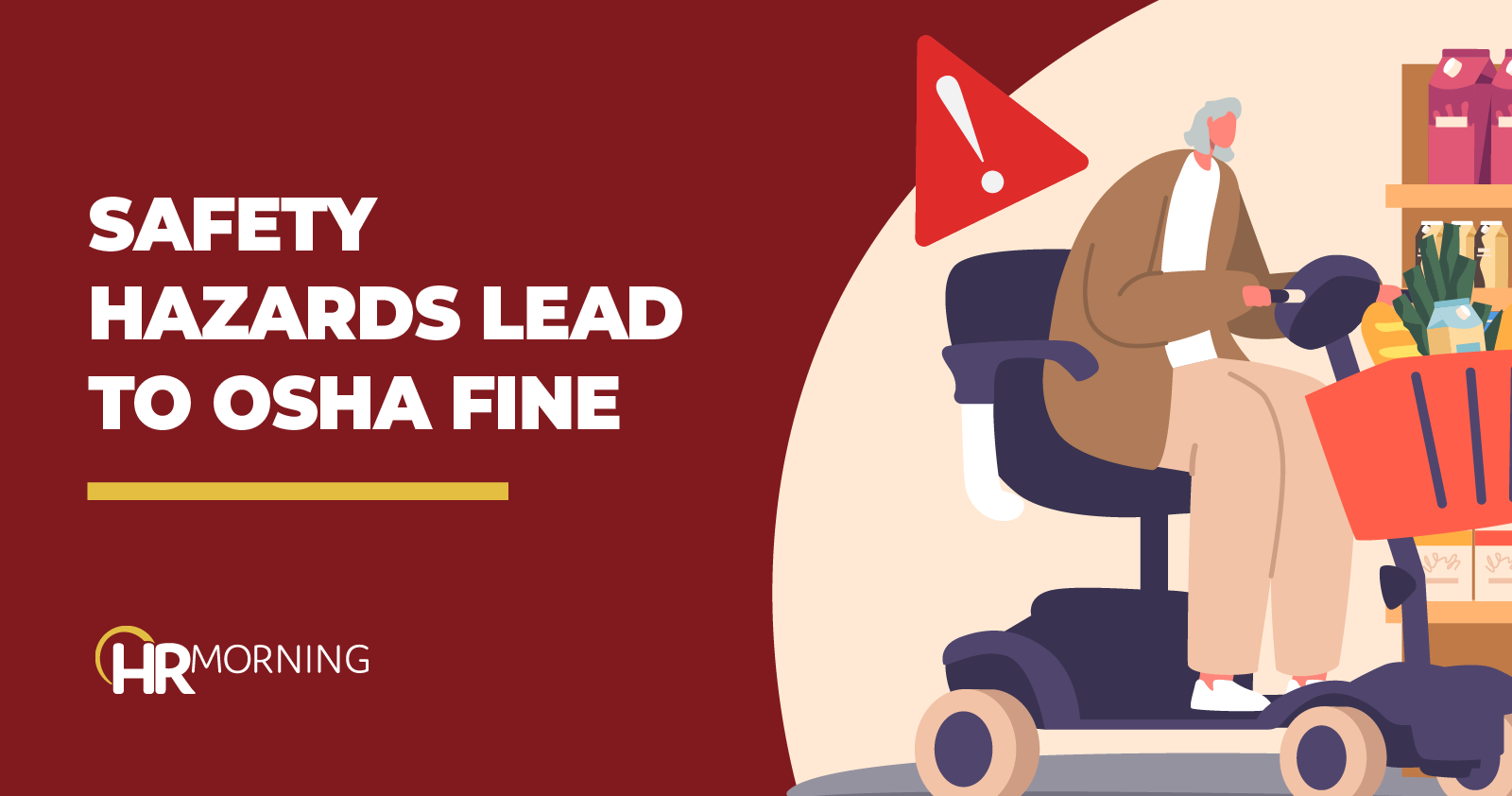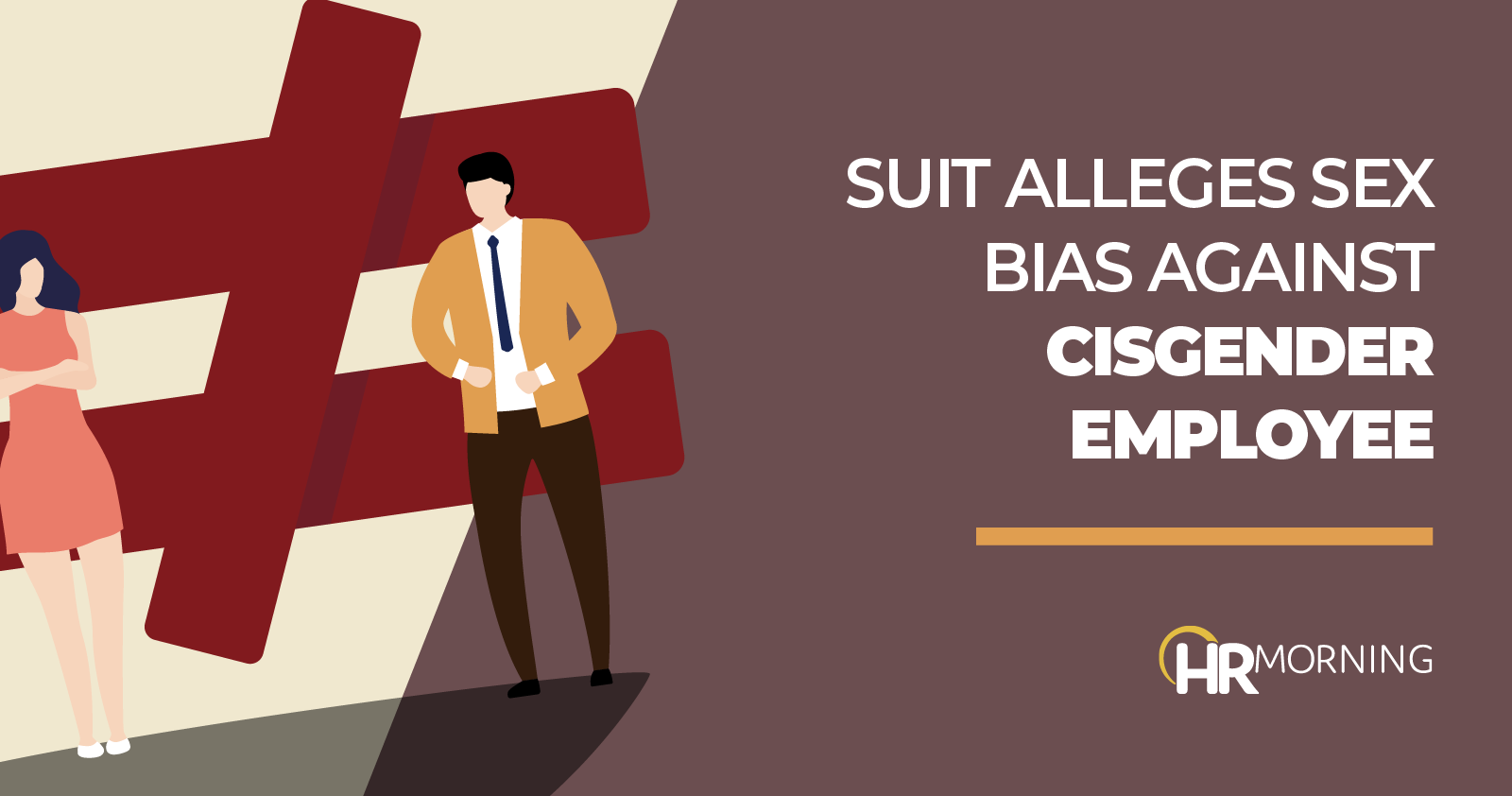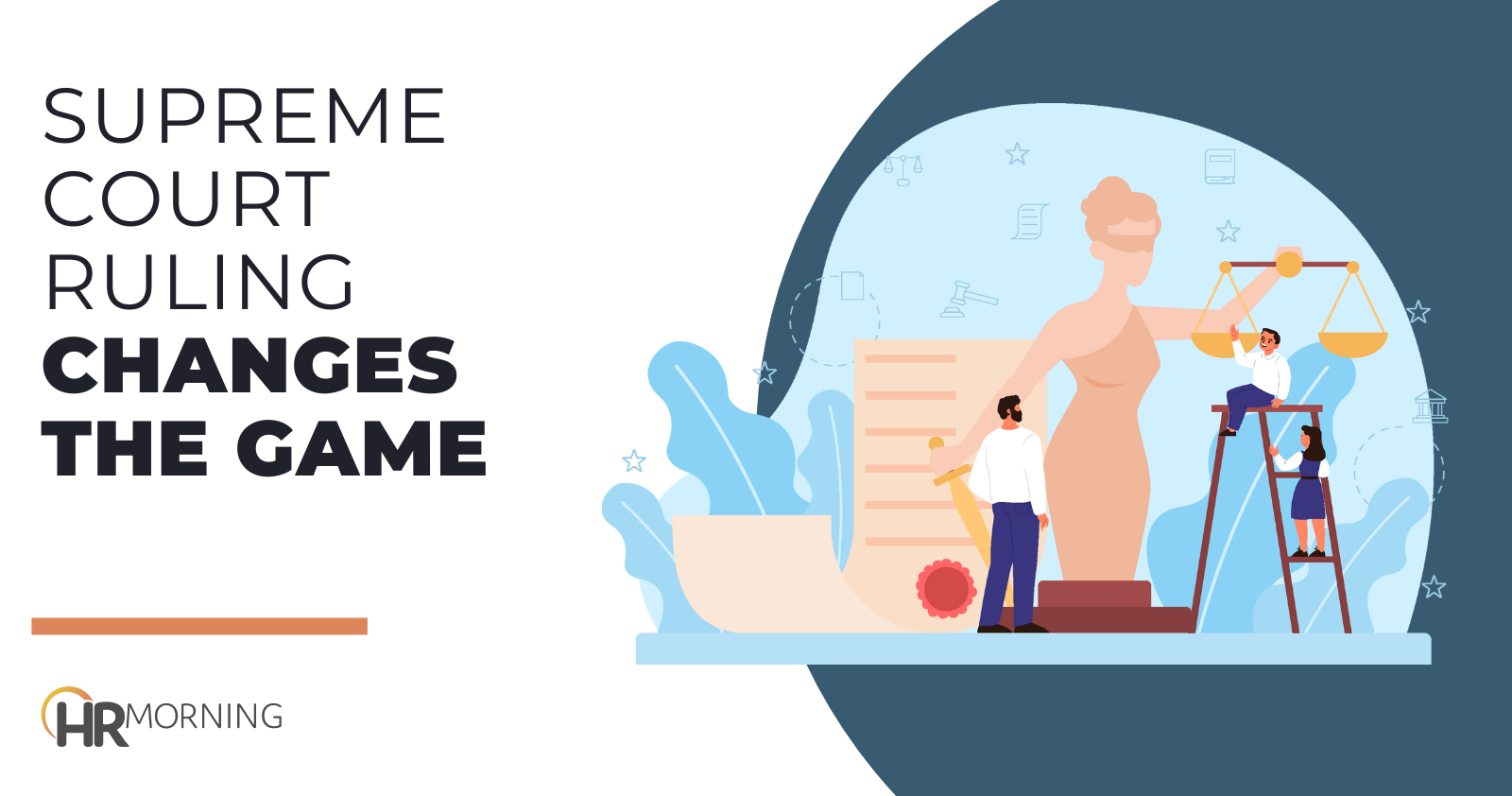EEOC Race Bias Suit Settles for $8.7 Million
The Equal Employment Opportunity Commission (EEOC) has secured an $8.7 million settlement in a case that alleged unlawful race discrimination by the major delivery company DHL. The agency initially brought suit against DHL in September of 2010. It filed the suit on behalf of a class of African American DHL employees who allegedly were given…






